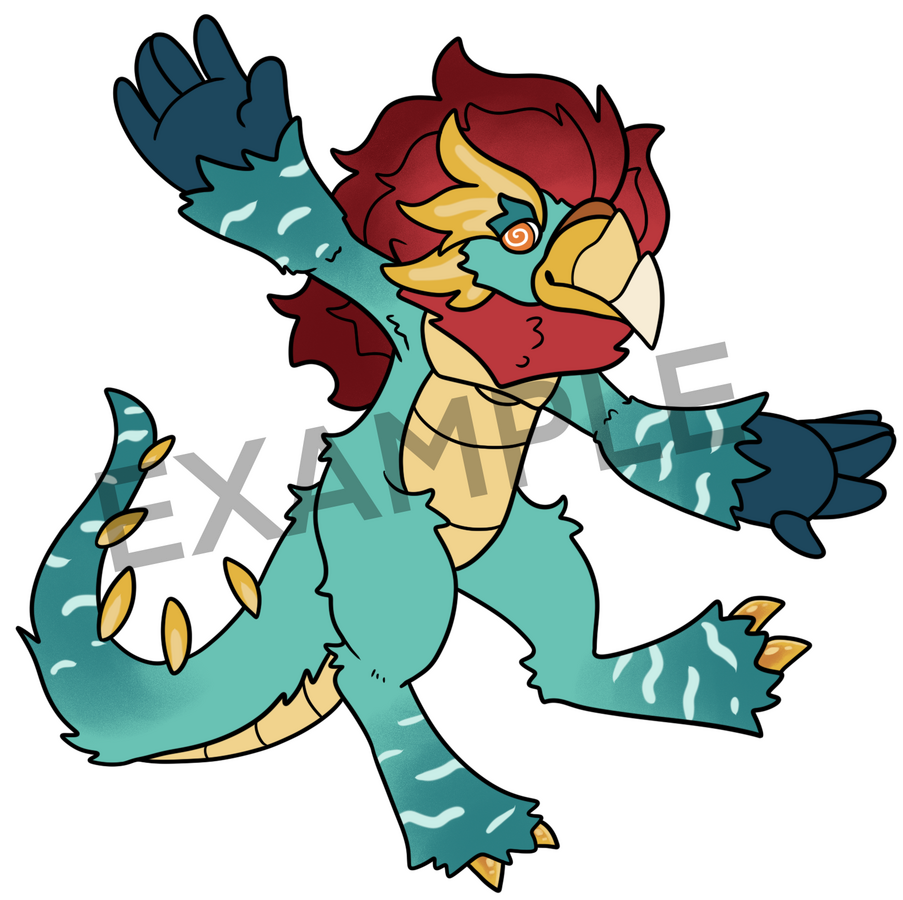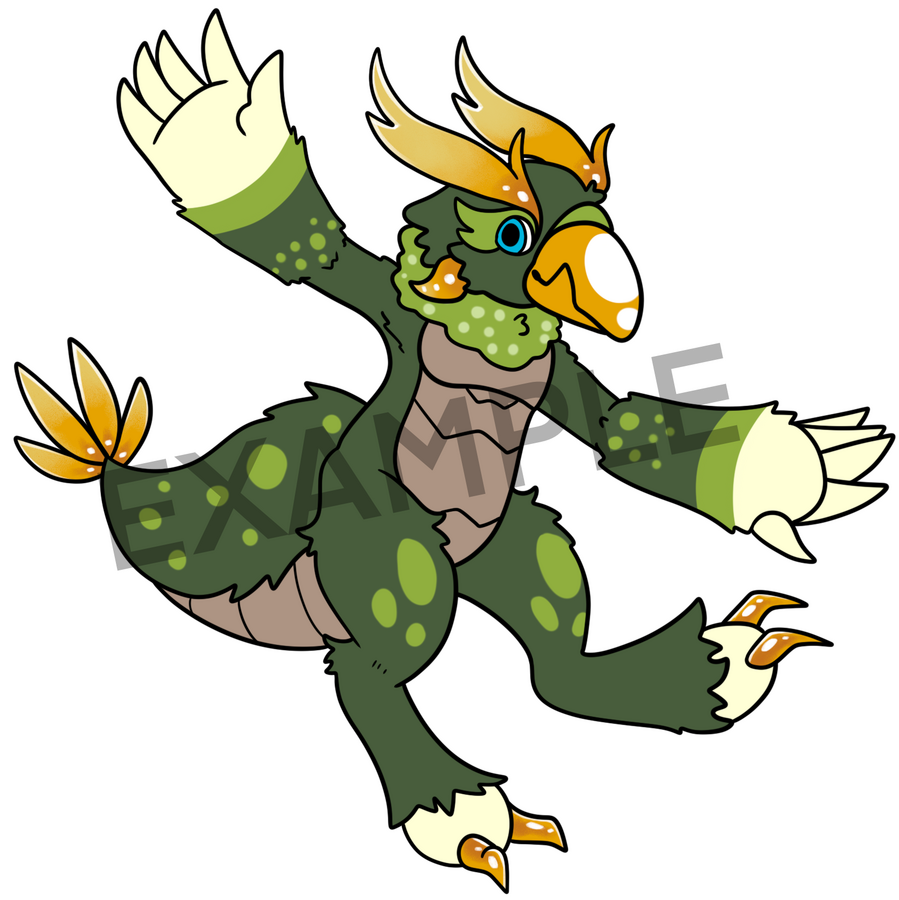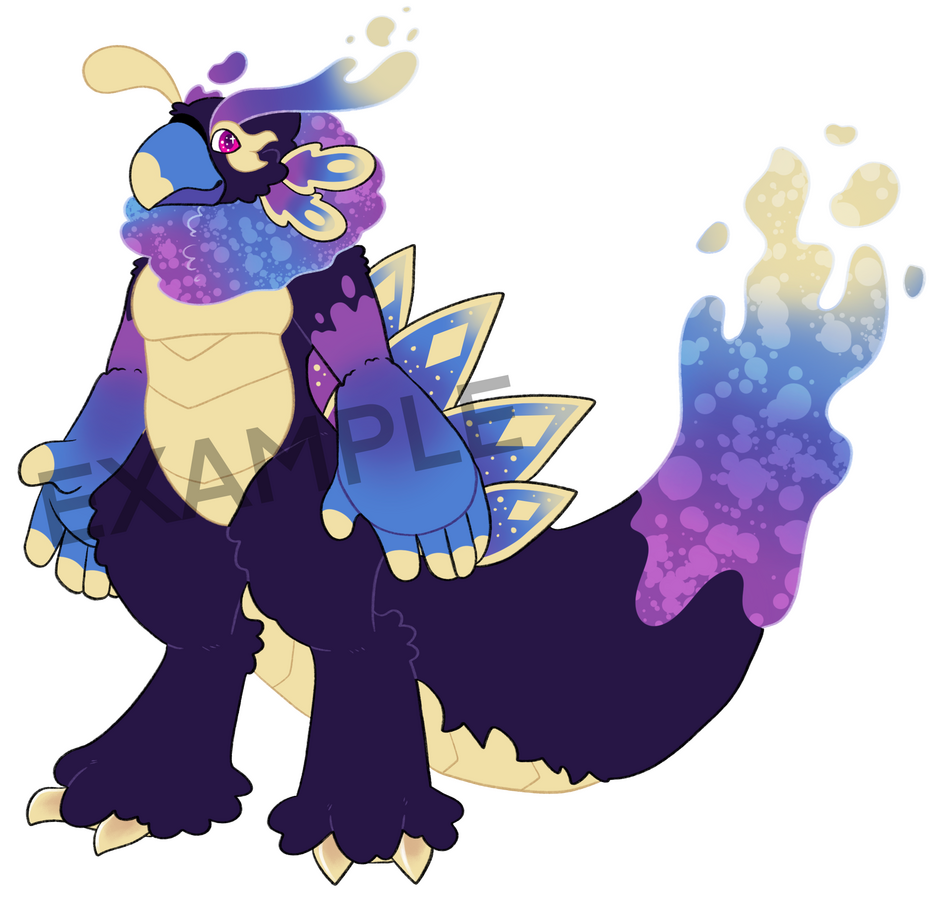
Open Species
Ramphiza
Ramphiza are an open species of avian like creatures! On this website you can find out more about them by pressing the buttons below!
This website is best experienced on a computer or tablet!
Traits
Ramphiza have a large variety of different traits. However, there are some that make a ramphiza what they are. Click one of the buttons below to learn details about specific features and traits of this species.
Lore and World
Ramphizas were first created by a small group of scientists and mages in a small pocket dimension known as Aviera. Ever since the first few were created, ramphizas have spread to and adapted to many other worlds, and their numbers have only grown. Of course, a few still have decided to stay in their world of origin, even if it's quite small.
Other wildlife and plants have been brought here from other worlds as well to fill the ecosystem and increase diversity, though many of them are practically new creatures or species now.
Any Ramphiza that live in the dimension are intelligent like their out of world kin, though they are more familiar with living with their own kind. Each sector seemingly has their own civilizations that interact with each other. Some can be considered more advanced than others, though each at minimum has things like electricity and basic technology. They use a universal currency of small, feather shaped silver pieces called plumoins, 3 sizes determining worth (bigger meaning worth more).
The diameter of the dimension is around 200 miles.
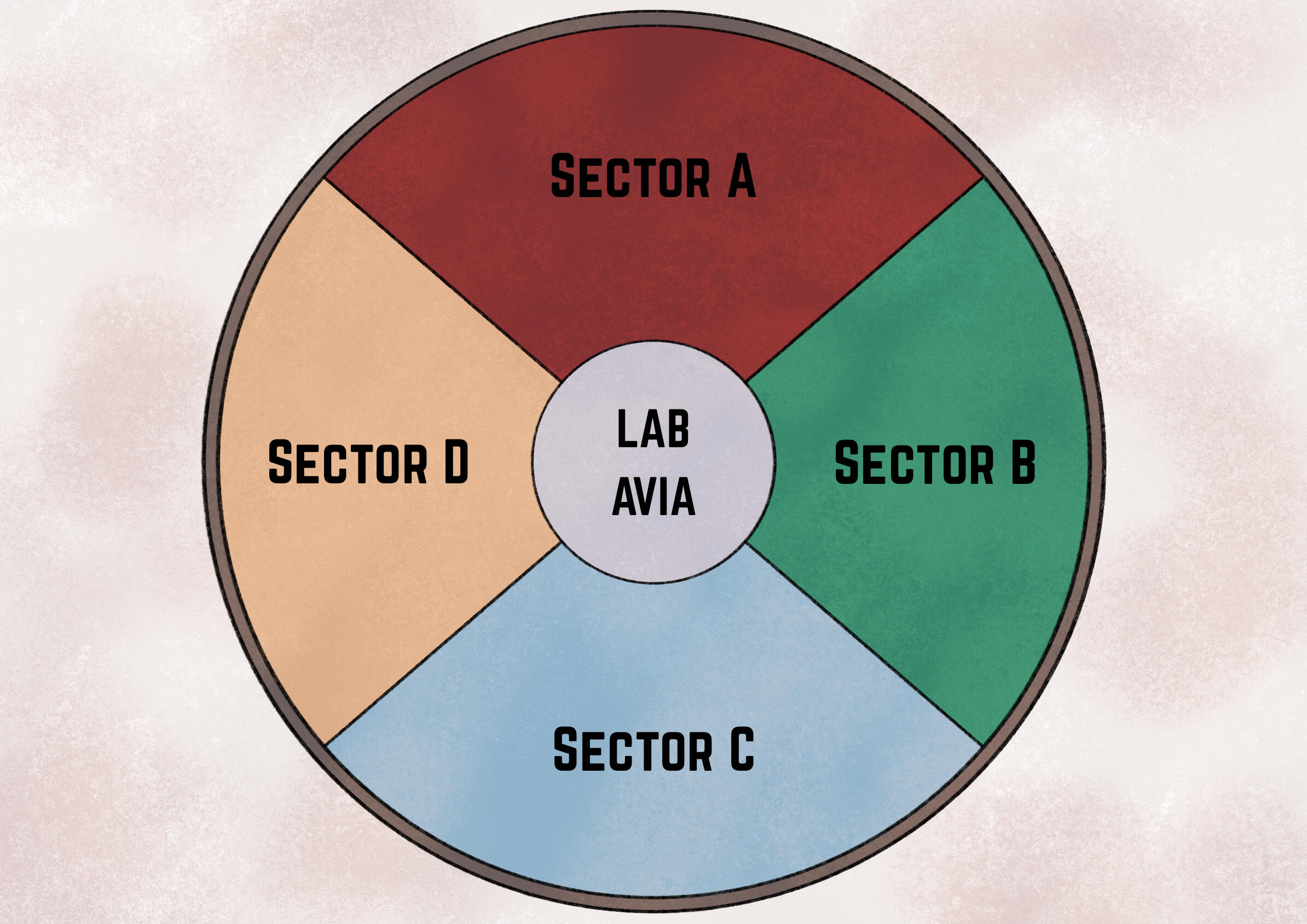
Lab Avia
Lab Avia is where it all began. This lab is located in the center of the pocket dimension, and functions as the hub of the place. Here there is general science-related stuff, ramphiza services, and more. The lab is connected to each of the sectors, and can perform maintnence on them from the safety of the building. The lab also contains the housing for any of the mages and scientists that live in the dimension, and also contains a few portals with access to other places. The portals are accessible to ramphiza as well, though there is heavy restrictions for anyone else coming in.
Sector A
Sector A is the northmost sector in Aviera. It is also the warmest of the four. This sector is known for being very rocky and mountainous, only a select few plants being able to live here. Not much wildlife is found here besides mostly scavengers and certain insects. Water is hard to come by, but there is hot springs around.
Any Ramphiza that live here often are adapted to the heat somehow. Some have taken to the cave systems that this sector has quite a bit of. Regardless, the ramphiza societies here are best known for their toughness and trade of various minerals. This society is probably the most technologically advanced, having built various machines out of combinations of magic and materials for both mining and living purposes. These societies tend to be led by those who lead the mining operations.
Sector B
Sector B is the eastmost sector in Aviera. It's temperatures and weather vary year round, and are comparible to a forest on Earth if anything. This sector is known for its forests and open fields, hosting a large variety of plantlife and wildlife. Rivers and ponds are not uncommon here, which at warmer times of year the ramphiza like to bathe in them.
Ramphiza that live here are just as diverse as the other forms of life here. The ramphiza societies that live here are often towns of varying sizes, and have relatively basic technology. Most of the time, they prefer more old technology for home living, often enjoying lanterns for light and not caring as much about things such as television or the like. That is not to say they do not have access to it though. This sector is frequently found growing and trading plants, crops, and animal products. Leaders here are mayors and other leaders for towns selected by the town members.
Sector C
Sector C is the southmost sector in Aviera. The temperatures here are pretty much always on the colder side, the warmest reaching around just shy of 40 degrees Fahrenheit. Weather here is often snowy and/or windy. It's frequently cloudy as well, and nights are usually longer too. Water is frozen over nearly all year, and the land is a mix of pine forests, tundra, and mountains. Either way, this place is often seen covered in snow. Wildlife here is often related to species that are more adapted to living in colder environments.
Ramphiza that live in this sector are often adapted for the colder weather, often being on the fluffier and also bigger side. Towns here are often small and scattered throughout, but still connected to others. Those that live here rely frequently on hunted meat and fish due to the environment not allowing for much growing of crops. They are probably some of the most skilled in battle and hunting compared to other sectors. They have basic technology, though they rely a lot on standard tools and weapons as well compared to magic and more advanced technology. Due to the smaller town sizes, ramphizas here don't rely on leaders, and instead rely on each other to have common sense and work with each other.
Sector D
Sector D is the westmost portion of Aviera. Temperatures here tend to be like a desert normally is, being warm during the day, but very cold at night. The weather is similar, precipitation being rare, and mainly being more common in the spring months. Wildlife and plantlife here is adapted for living in the sands. Water tends to be mainly from oases scattered throughout the sector or the rare precipitation.
Ramphiza that live here are often more skilled with magic than others, and many have thinner frames and also funky patterns. They have basic technology, though a lot of their technology utilizes magic and allows for unique uses. Societies here are always set up around oases. Each large town is often bustling and has a large market for trade between its own citizens, and also outsiders. The goods that come out of this sector are often related to the arts. Leaders of each town are often of royal bloodlines, connecting back to the earliest ramphiza.
Appearance
This section goes into detail on traits related to ramphiza appearances.
Eye Feathers and Eyes
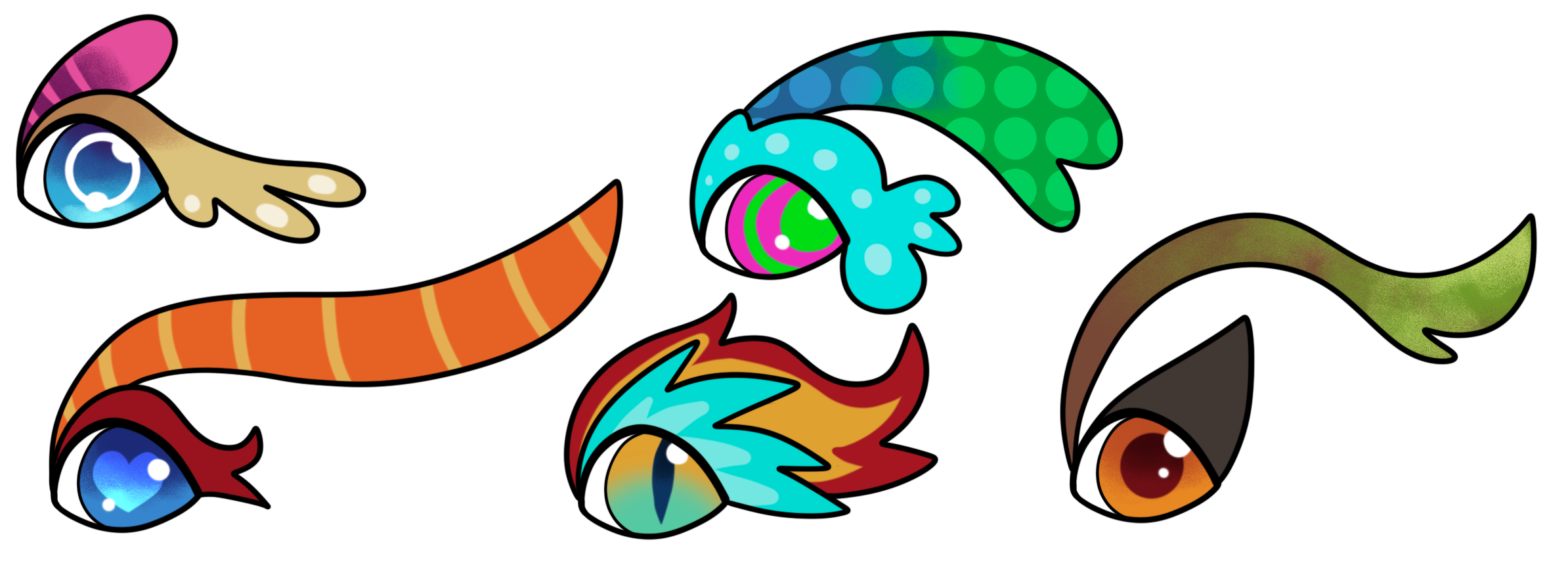
-Ramphiza eye feathers have the eyelash feathers, then the streamer feathers that (usually) extend further-Ramphiza eye feathers are usually medium to long in length, though shorter variants do exist-These feathers grow overtime as the ramphiza grows-These eye feathers come in many shapes and colors-Most of the time ramphizas have symmetrical head feathers, but rarely they may not, especially if they got damaged-Ramphiza pupils greatly vary as well in color and shape
Cheek Feathers
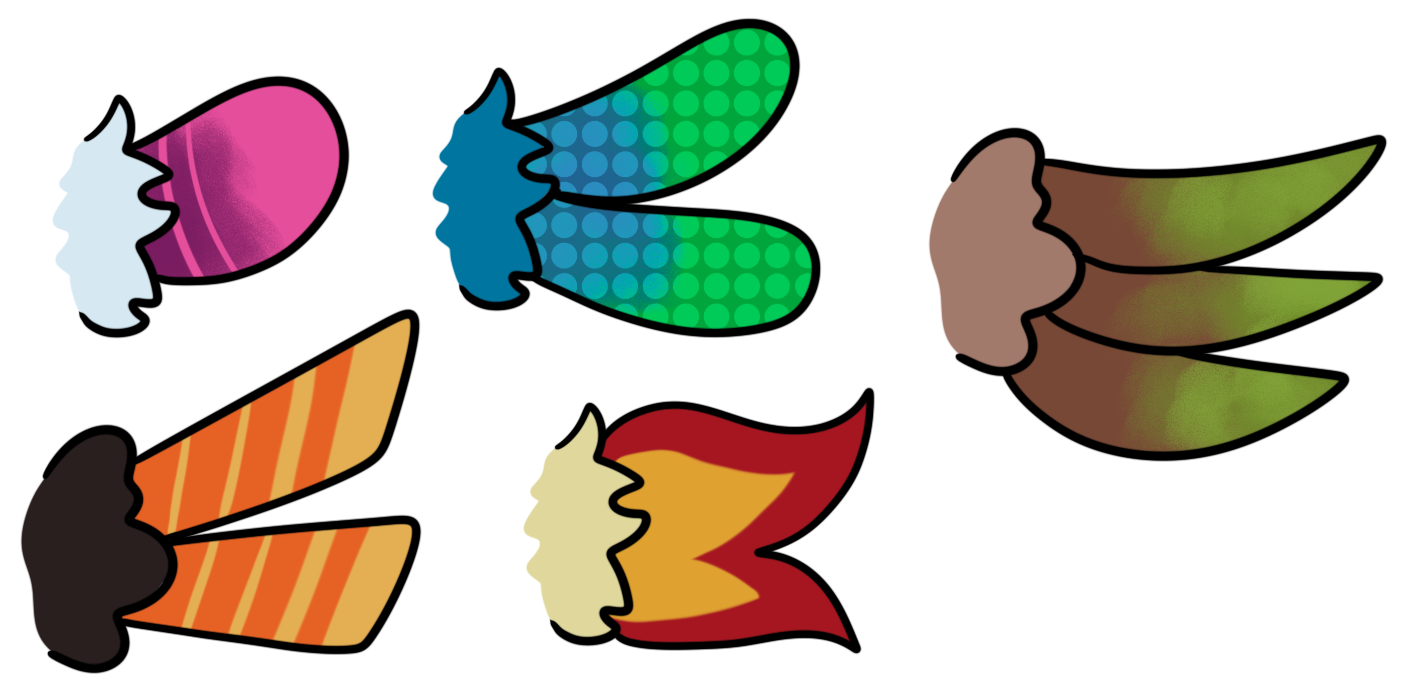
-Ramphiza cheek feathers also vary in shape and size
-Most of the time, cheek feathers are medium to short, though on rare occasions can be longer
-Cheek feathers often match the eye feathers in one way or another, be it shape or color
Feet

-Ramphiza feet always have two front claws on them
-These claws can vary in shape and size, but most tend to be on the smaller side
-Claws are often colorful
-The scaled part of the legs tends to be different in color to the claws
-Ramphiza have one singular large paw pad on the bottoms of their feet
-Leg feather coverage varies
Tail

-Many ramphiza have long, fluffy tails with scaled undersides
-Shorter or skinnier tails aren't uncommon
-Tails always have a few feathers on them, but the placement varies
Body and neck fluff
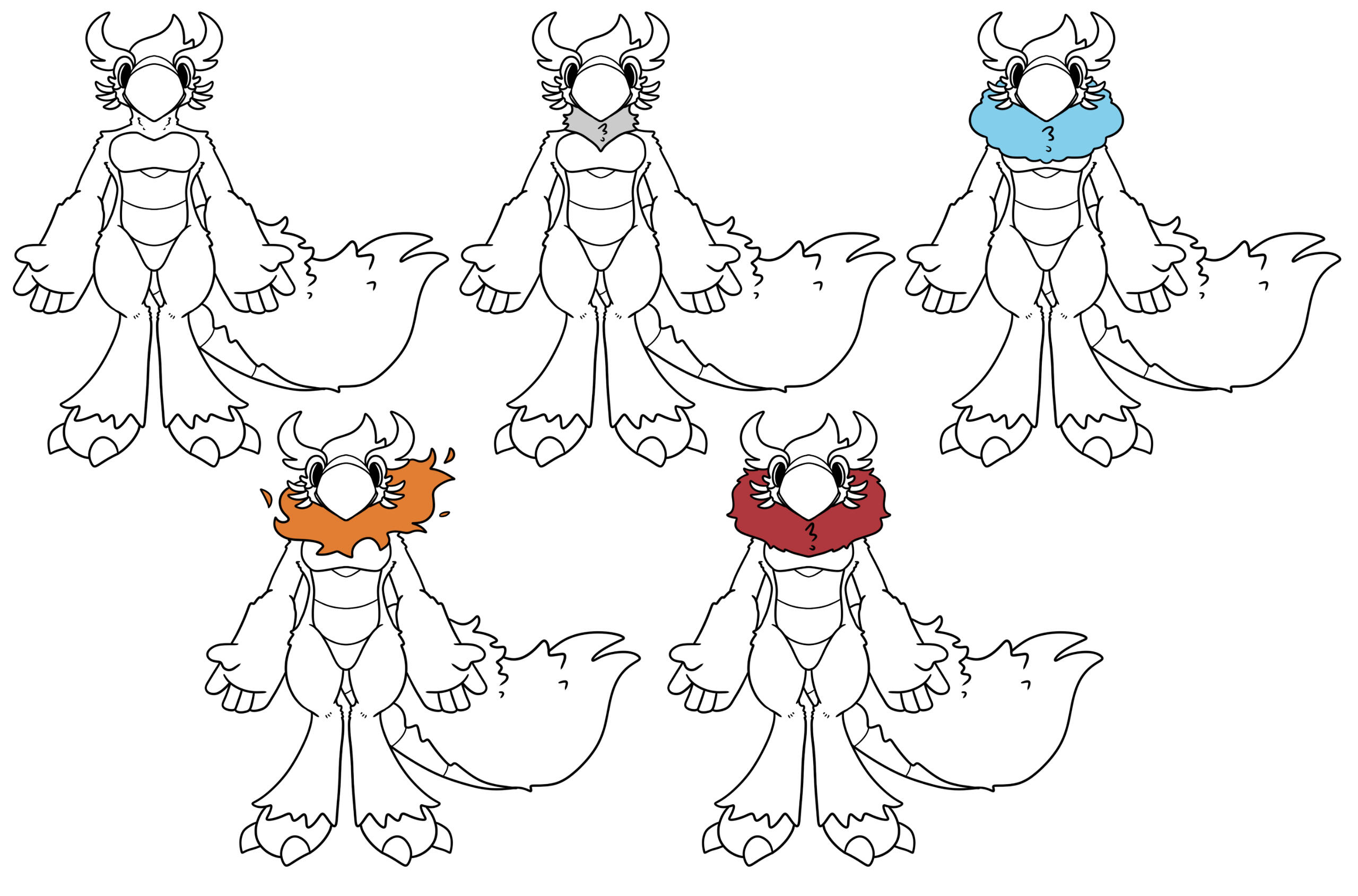
-Ramphizas always have very fluffy necks, some having much puffier neck fluff than others. Ramphizas with no neck fluff or very short neck fluff have likely lost it via injury
-Ramphiza are covered in fluffy fur
-Ramphiza chests, tummies, undersides of tails, and feet and legs are scaled
-One example here has neck fluff removed to show how far up the scales go
Wings

-Ramphiza wings are made of magic energy that they can summon onto their backs at will
-Wing shapes and sizes can vary
-Wings usually have a bit of sparkle or shine to them from magic
-Wings usually are a bit wispy (like fire), though some shapes show this more than others
-Things can pass through the wings, though if a living thing passes through it will feel a weird tingly feeling for a few moments
Beak and Tongue
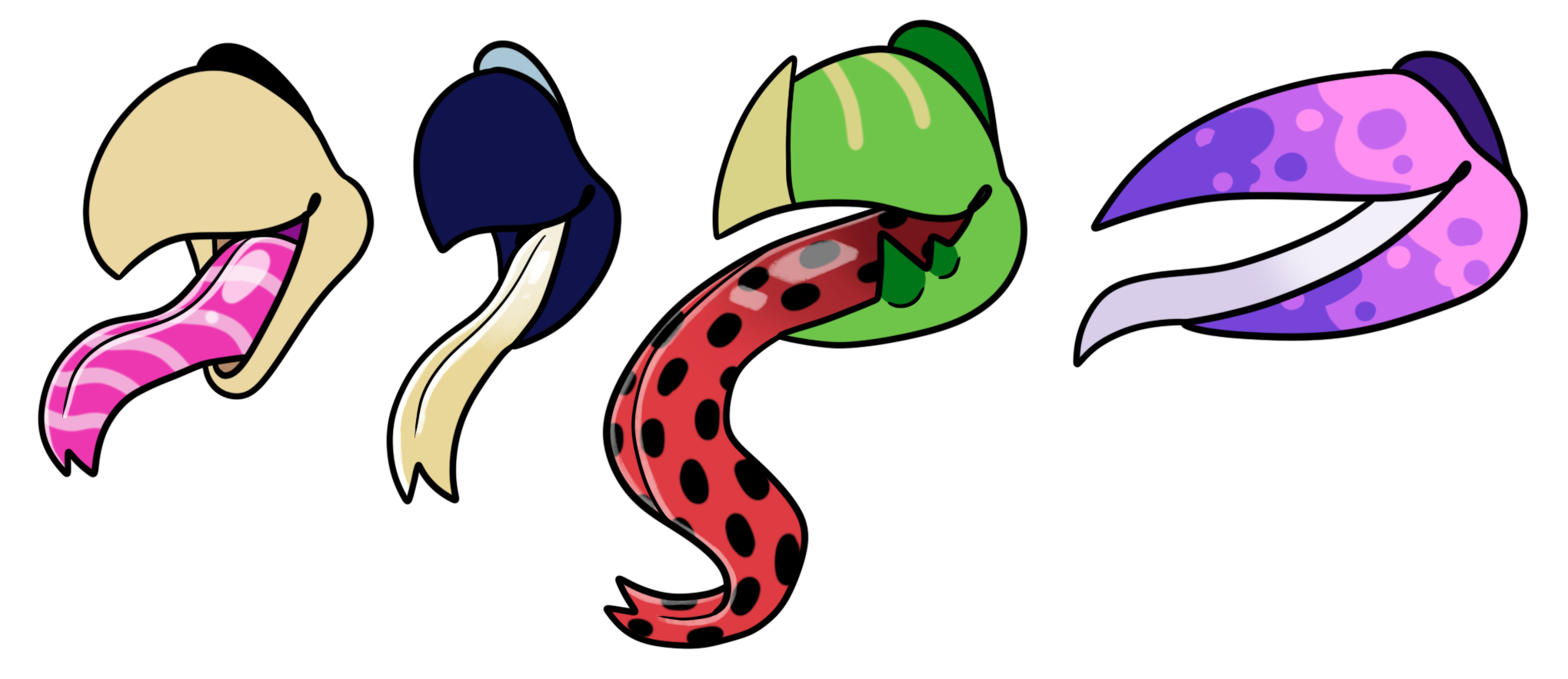
-Ramphiza beaks tend to be large, but length and shape can vary
-Some beaks may have pointy bits on them, or teeth like parts
-Tongues tend to be forked and long, along with being brightly colored. Tongues that are longer and/or not forked are uncommon but not unheard of
-Tongues are smooth and somewhat slimy
Height and Shape

-Ramphizas are usually around the height of a standard human being on average
-The overall recorded range of ramphiza heights is 3-10 ft tall, the more extreme ends of the scale being more uncommon
-Ramphiza come in a large variety of body shapes as well, though their forearms and hands usually are always decently large, and their legs get thicker at the feet
Mutations
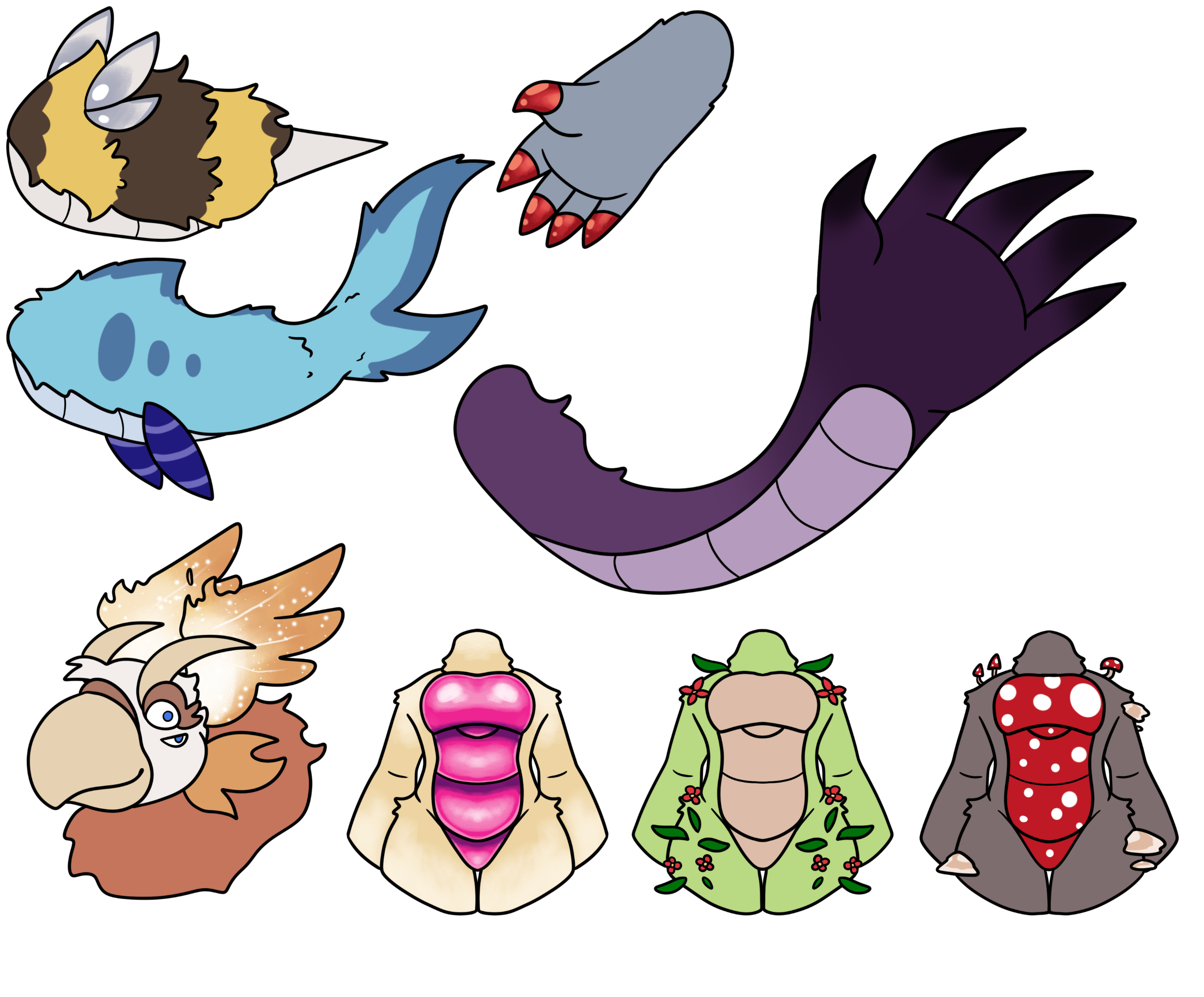
-These are only a select few examples of ramphiza mutations. If you have a question in regards to these, do not be afraid to ask
-Very rarely, ramphiza are born with odd body mutations that can change their physical appearance
-These mutations tend to affect specific body parts such as the tail, eyes, or hands
-Most mutations do not harm the ramphiza, and sometimes even help them
-The mages and scientists at Lab Avia have been studying mutations, and the possibility of altering living individuals to have them if they please.
Skills and Lifestyle
This section goes into detail on traits related to ramphiza lifestyles and skills.
Diet
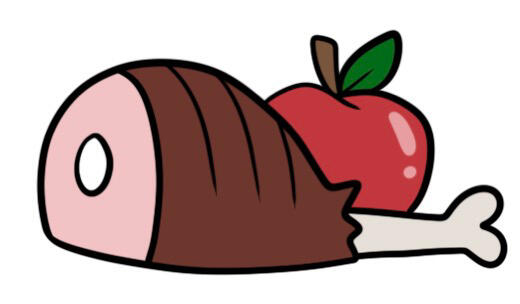
-Ramphiza have a varied diet, beinng able to eat what normal humans can. Most enjoy fruits best though!
-They can however, also eat uncooked meats and other inedible things like metal, wood, and more. Their stomachs can process all of this without issue. Ramphiza prefer normal food though.
-Ramphiza digestive systems end with their stomachs, as anything digested turns into pure energy to fuel them
-They are not immune to ingested poisons unfortunately
Reproduction

-Originally, the first generation of ramphizas were created in a lab. However, modern generations come from two parents on most occassions
-Ramphizas reproduce sexually
-Ramphiza gender at birth can only be identified by either the parents sensing the baby's magic, or by blood testing. Parents are able to tell the gender of the child while they are still an egg so lab testing isn't normally needed.
-For couples who cannot reproduce this way for one reason or another, the option of giving their DNA samples to the lab to produce a child that way is an option. There is also donor options as well. These services are offered as needed
-Ramphiza tend to just have one egg at a time. Twins are rare but possible
Growth/Lifecycle
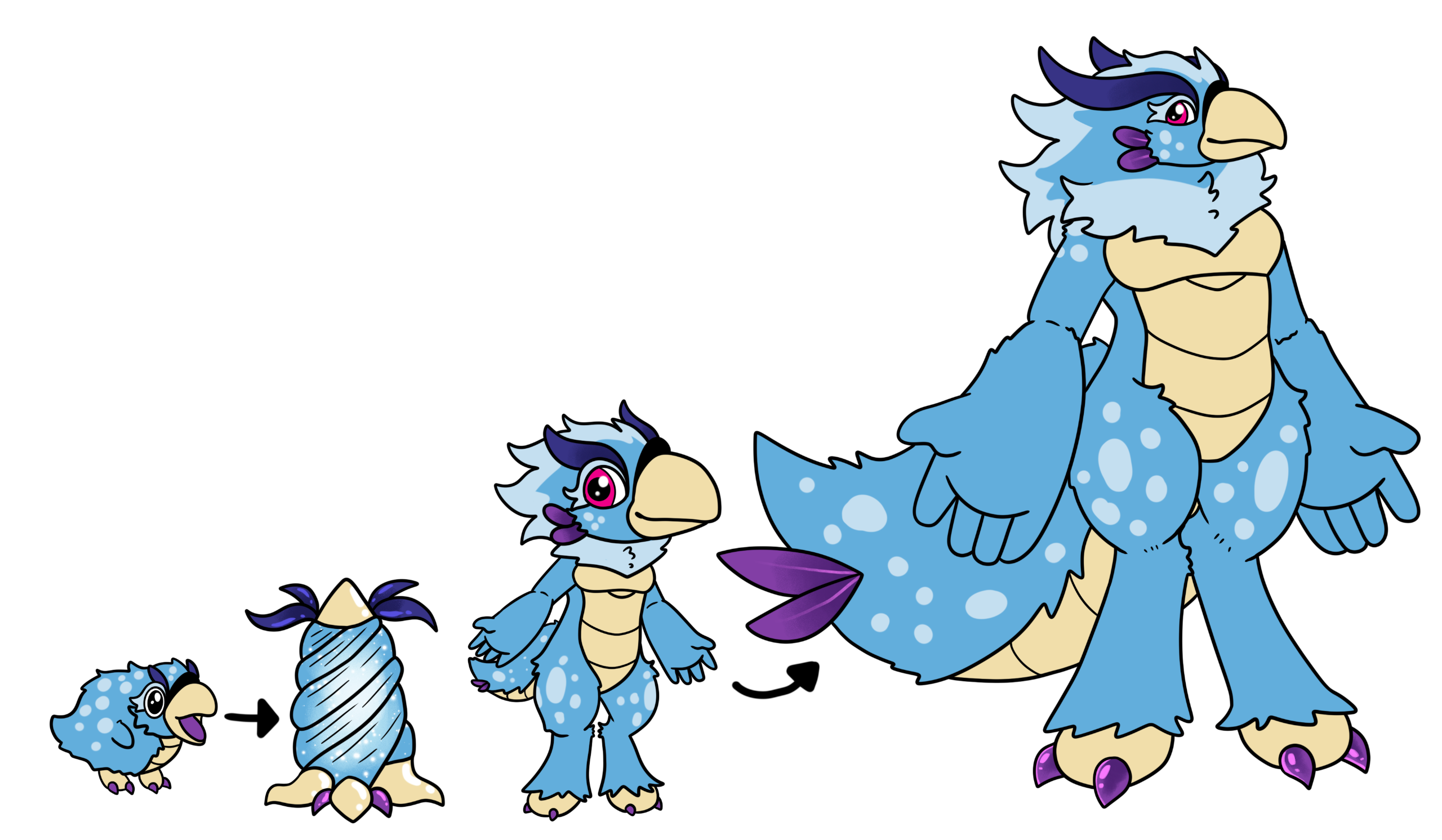
-Ramphiza mature at age 18, which is when they are considered adults
-They live pretty long, averaging around 200 years
-When first born, ramphizas are small balls of fluff with small arms and legs
-Hatchling ramphiza communicate with noises like chittering and chirps, eventually speaking their first words around the first time a human baby would
-Around 3 years old, chicks go into a dormant state and a magical cocoon will form around them, where they will spend a week before emerging with the body shape of a usual ramphiza, just small. Their heads often tend to be pretty big in comparison to their bodies at this stage, but they grow into it. They also start to get their magic wings, albeit small and weak.
-Hatchling ramphiza don't have their tail feathers yet. After emerging from the cocoon, these tail feathers start off very small and grow with time
-Their eye feathers grow with time, reaching full size around age 18
-Signs of aging tend to only show around 170 years of age, which mainly involves feathers becoming worn and faded.
Other Random Info

-Ramphiza are born male or female, but have the ability to change this with their magic if they please, or to identify themselves a certain way.
-The appearance of their gendered parts is determined by what they want them to look like when they are summoned (as they are made of magic as well, and are only visible when the ramphiza wants them to be). The gender of the ramphiza usually determines what it looks like, but an individual can do as they please, especially on a whim.
-Due to their base connection with magic, mage ramphiza do exist! They have the ability to learn a vast variety of spells
-Ramphiza don't have to wear clothing if they don't feel like it. Some that live in certain worlds though may do so to fit in. Others may wear smaller accessories as well, or just certain clothes.
General species rules
This section is a basic (and light) rules list for the species. A lot of it is common sense stuff and being respectful.
-Please don't use any characters of this species for any hate towards others.-You are more than welcome to create your own ramphiza, as these are an open species!-You may sell adopt designs of this species-You are more than welcome to redesign your ramphizas into other species or such if you'd rather them be something else or to disconnect them from the species if you please.-While this is a species that allows for creative freedom for designs, please do your best to include what makes the species the species!-NSFW works are allowed, just use your common sense. (Such as please do not draw underage characters or other things that are harmful and frowned upon). Please do not make NSFW works or interact with them if you are a minor as well (it's for your safety).-Credit for the species is very appreciated, but it isn't a big deal if you forget!-If you have questions in regards to the species, do not be afraid to contact the creator in whatever way you can. I will get back to you when I can.-Please don't attack anyone who makes a similar species or character to the species. Things happen, and after all not everything is completely original!
Image Gallery
This section is an image gallery of things such as random examples and more!
